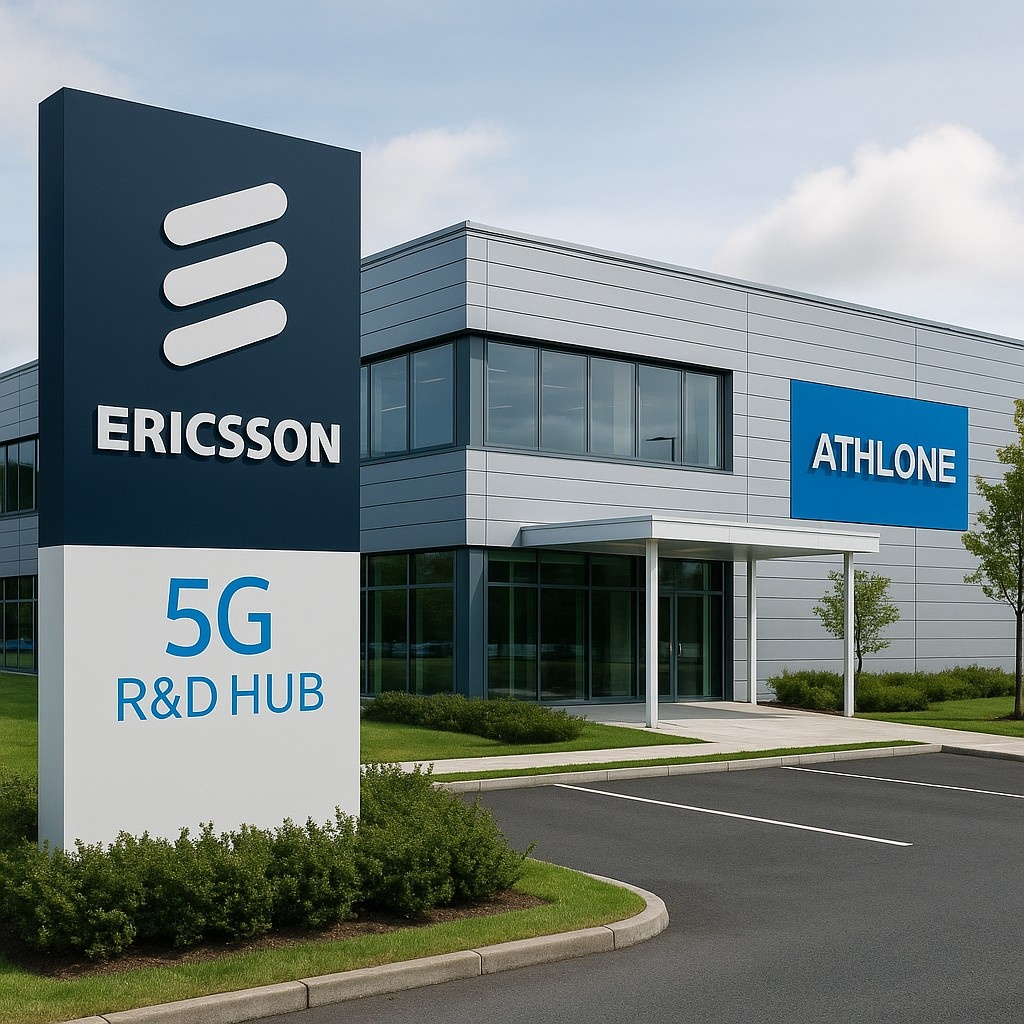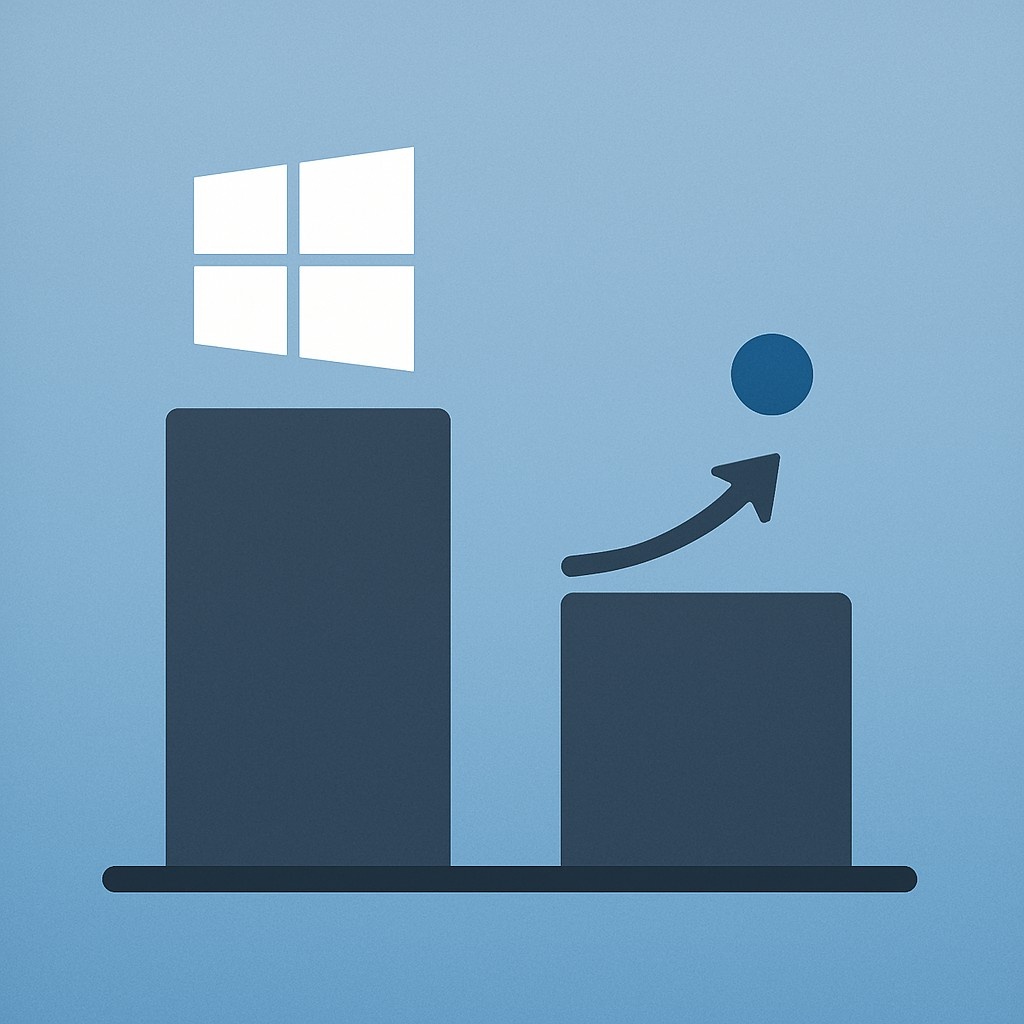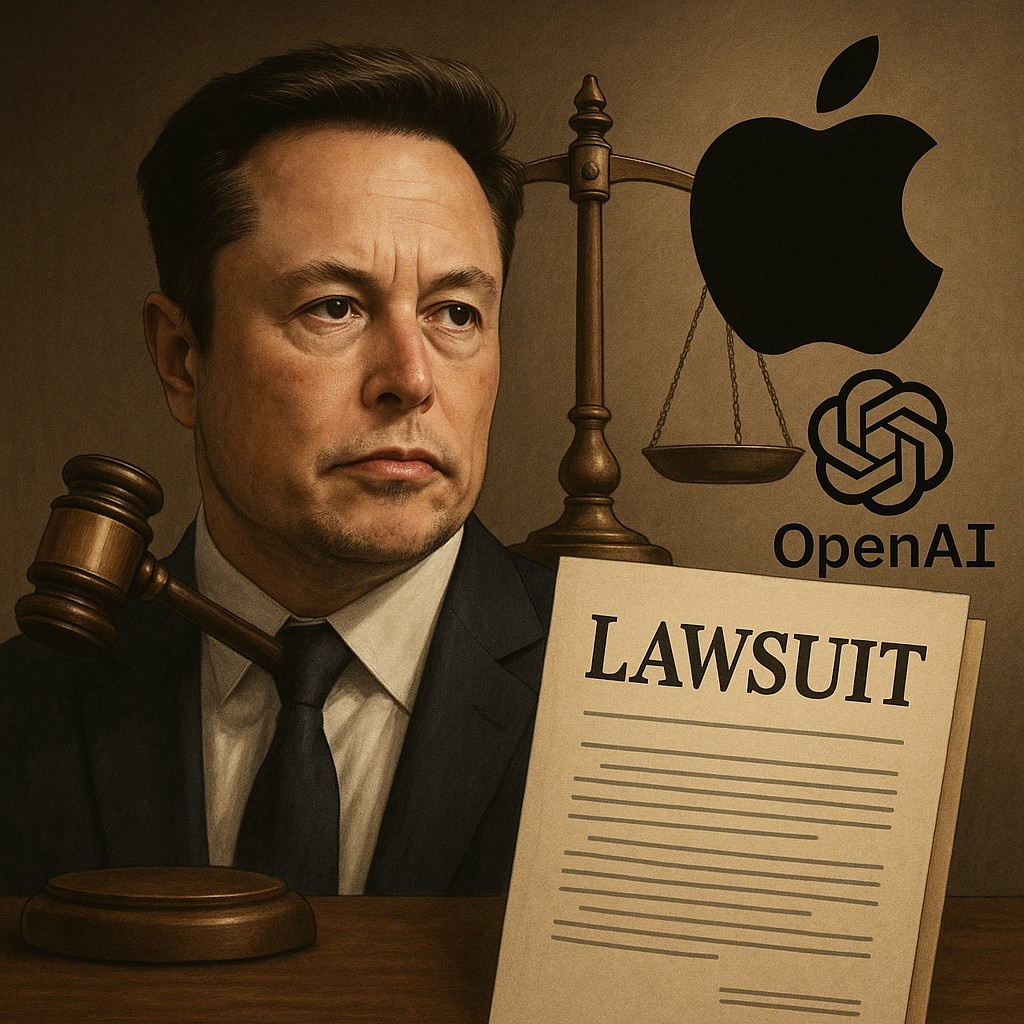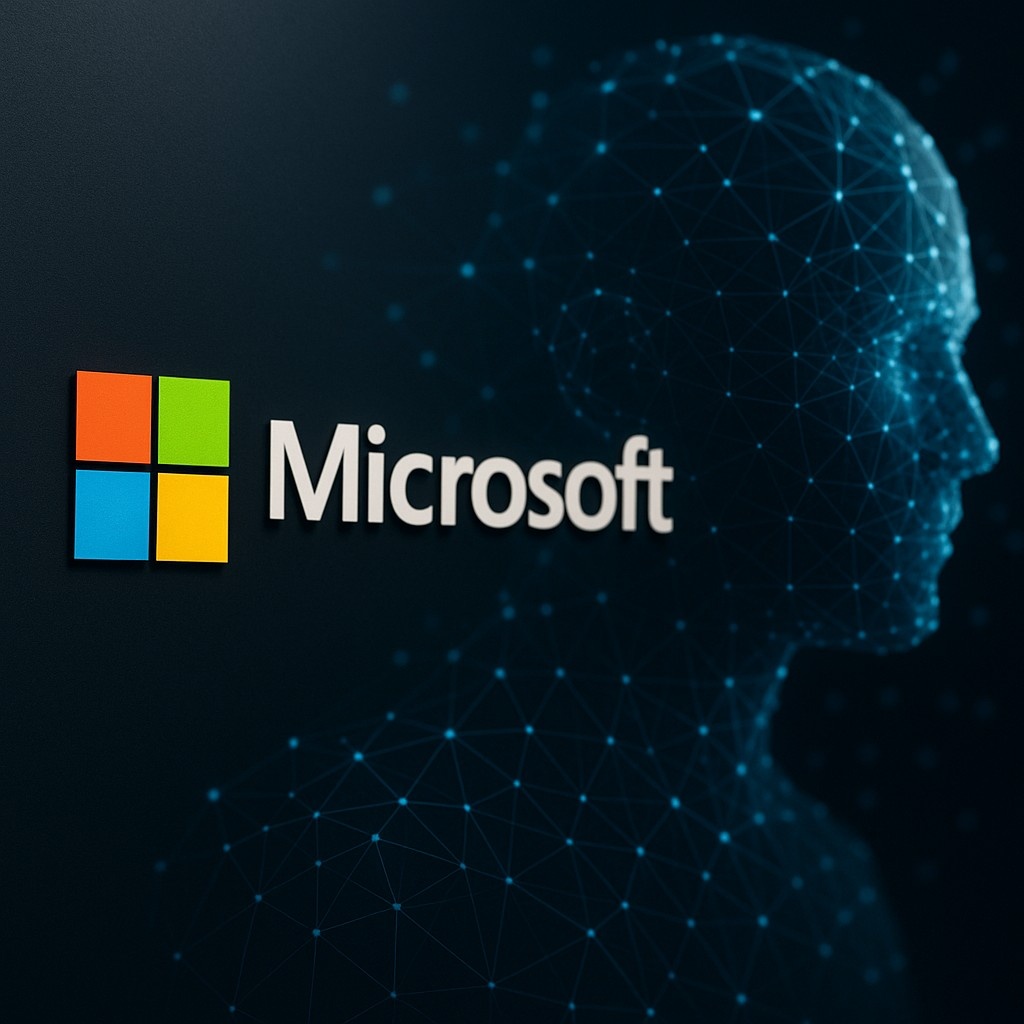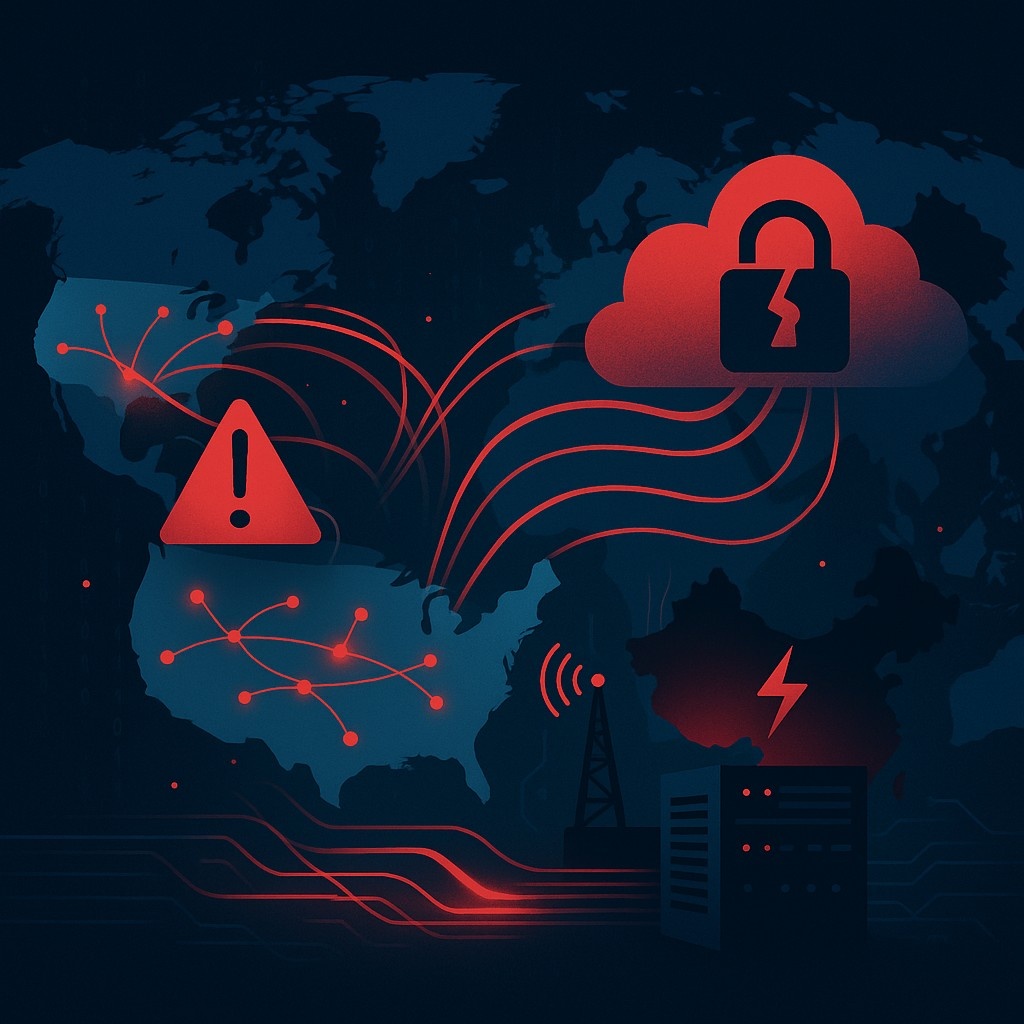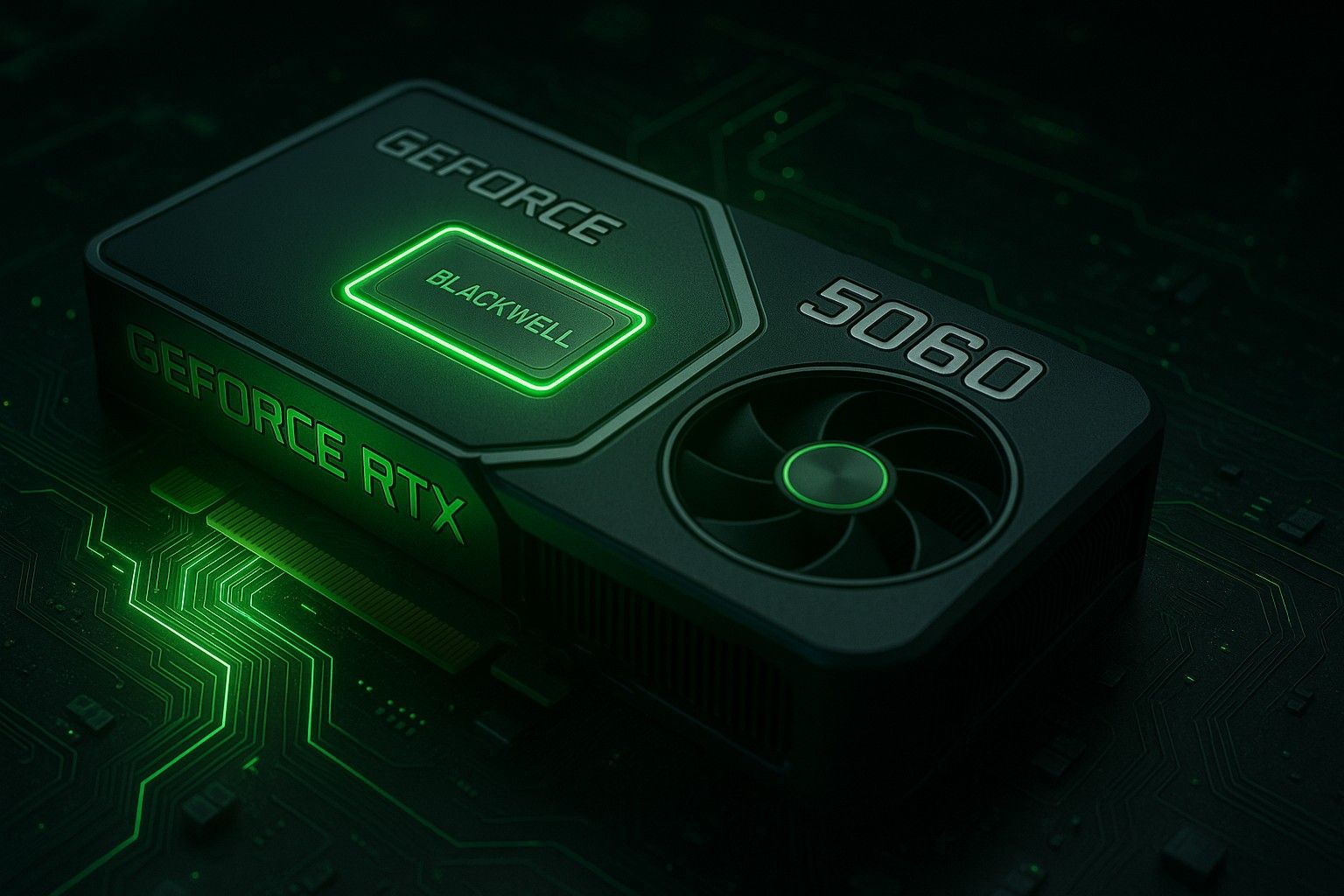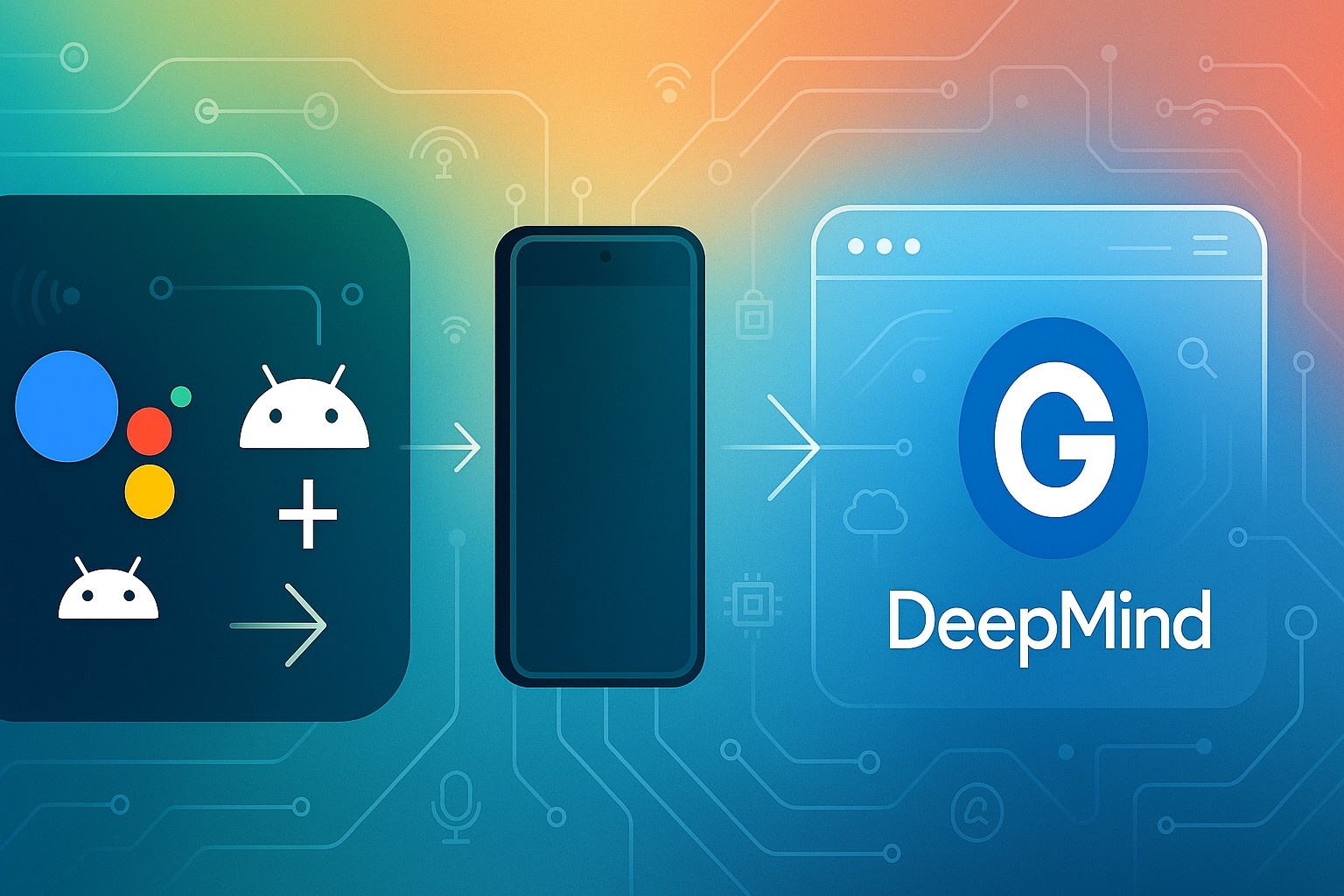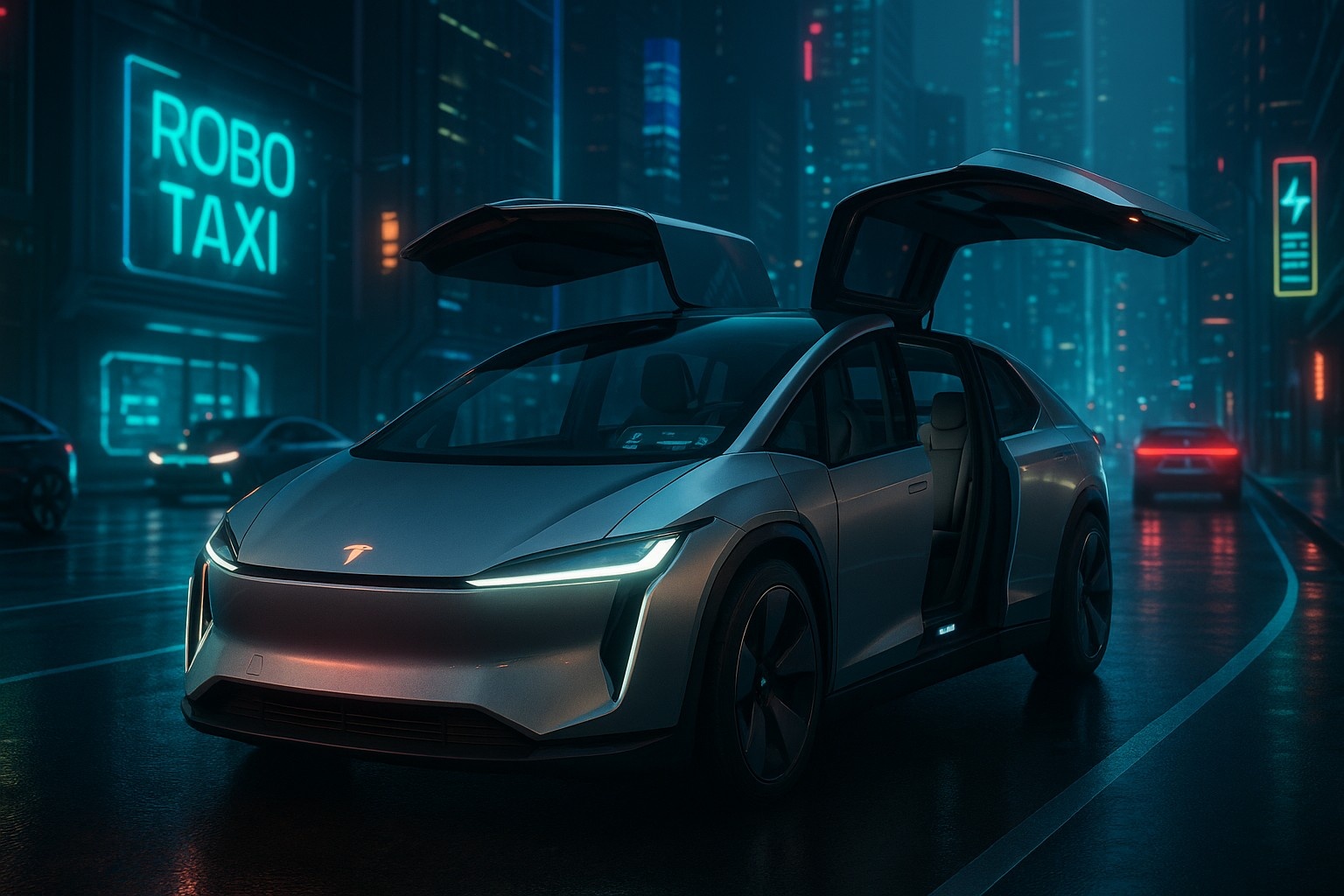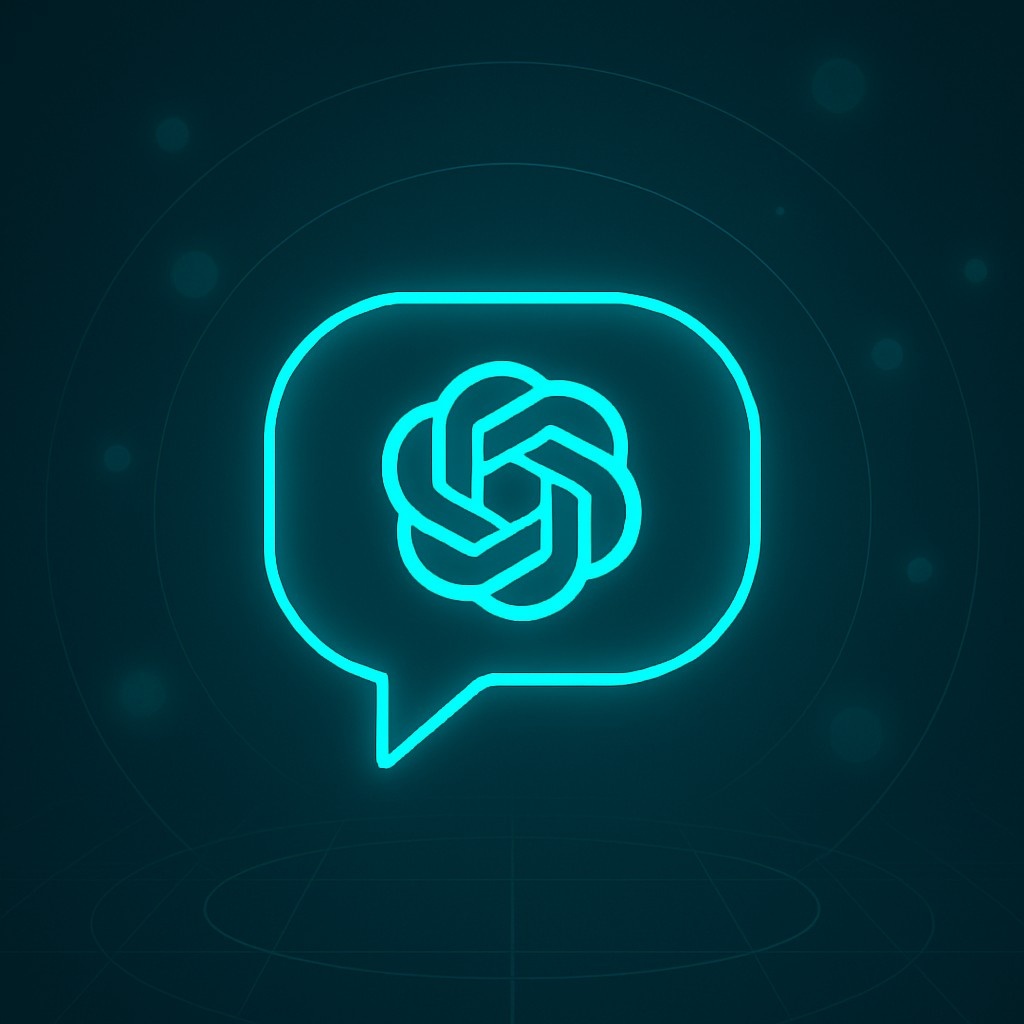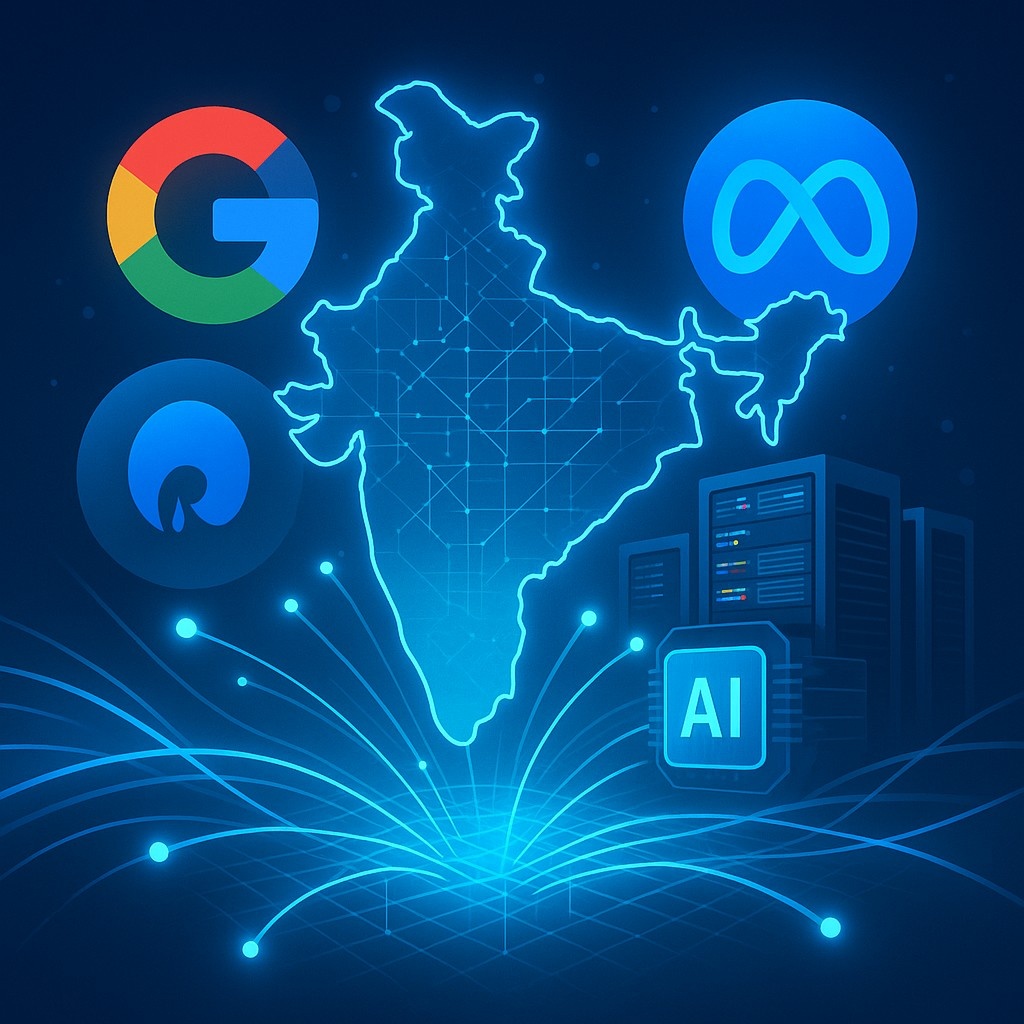Ericsson Commits €200 Million to Irish R&D Hub – Betting Big on 5G’s Future from Athlone
In a powerful move that reflects both confidence in European innovation and urgency in the global 5G race, Ericsson announced on May 5, 2025, that it will invest €200 million into its Irish R&D center in Athlone over the next three years.
The goal is simple but ambitious: turn Athlone into a global epicenter for intelligent 5G network automation and orchestration — especially in the realm of open, multi-vendor radio access networks (RAN). With this step, Ericsson is doing more than expanding its facilities. It’s redefining how mobile networks are designed, optimized, and scaled — and choosing Ireland as its command center.
Why Athlone? Why Now?
Ericsson has had a strong presence in Athlone for decades. But this new wave of investment shifts the site from an important satellite office to a core development hub for some of the most advanced network tech being built anywhere on Earth.
Ireland offers key advantages:
- A stable, innovation-friendly economy
- A pipeline of highly skilled engineers and software architects
- And strong backing from government partners like IDA Ireland, which continues to play a critical role in attracting global tech investments
But make no mistake — this isn’t a symbolic investment. It’s a deep, product-driven commitment to building out Ericsson’s Intelligent Automation Platform (EIAP) and the digital tools that will help telecom giants manage their sprawling 5G infrastructure more efficiently.
What Is Ericsson Building Here?
The €200 million will go toward:
- Expanding engineering teams focused on automated network management
- Developing AI-powered applications known as rApps, which dynamically monitor and optimize 5G RAN environments
- Scaling out open RAN integration frameworks that allow for smoother cooperation between different vendors’ hardware
At its heart, this is about intelligent orchestration — enabling operators to run their networks like software, not hardware. That means:
- AI-based insights into network traffic
- Predictive maintenance without human input
- Real-time configuration changes to reduce congestion
- And seamless handoffs between different hardware vendors’ equipment
Ericsson wants its systems to be the nervous system behind every major telecom carrier’s RAN operation, and Athlone is where that vision is being engineered.
The Bigger Picture: Open RAN and 5G Standalone
Ericsson’s announcement comes at a time when the telecom industry is shifting from “just faster internet” to truly intelligent networks — with everything from factories to autonomous vehicles relying on private 5G slices.
But for 5G to truly scale, carriers need software that:
- Makes managing multi-vendor hardware simpler
- Supports open RAN standards (instead of locking them into proprietary tools)
- Enables dynamic bandwidth optimization, power savings, and SLA guarantees
Ericsson’s Intelligent Automation Platform (EIAP), developed primarily in Athlone, is at the center of this transformation. And by developing more rApps and smarter orchestration engines, the company is trying to ensure that its platform becomes the backbone of future mobile infrastructure.
The Irish Government Is All In
The Irish government, through IDA Ireland, is a major backer of this expansion — and not just with words.
Peter Burke, Ireland’s Minister for Enterprise, Trade and Employment, called the investment a “watershed moment” for Ireland’s tech economy:
“This is more than a boost to local jobs — it’s a vote of confidence in Irish engineering talent and our role in shaping global telecommunications.”
It also signals Ireland’s desire to diversify its tech ecosystem beyond cloud and software giants like Google, Meta, and Microsoft. With Ericsson’s investment, Ireland deepens its roots in telecom infrastructure innovation, one of the most important fields of the coming decade.
What Ericsson Gets from This
For Ericsson, the benefits of this expansion are strategic and immediate:
- It strengthens the company’s European engineering footprint, which is crucial amid rising geopolitical tensions between the West and China.
- It allows for faster development of multi-vendor, cloud-native 5G systems — something operators are demanding.
- It reinforces the company’s commitment to open networks while staying competitive against aggressive new entrants like Rakuten Symphony and traditional rivals like Nokia and Huawei.
- And it gives Ericsson a skilled, stable, well-connected base that can support both European and global rollouts of its next-gen platforms.
What Happens Next
The money will be spent over three years, with early phases focused on:
- Hiring at least 250 new engineers and data scientists
- Expanding software-defined networking labs and simulation environments
- Building out new edge computing testbeds for rApp deployment
Ericsson also plans to deepen partnerships with Irish universities for AI research and telecom-specific machine learning programs. If successful, Athlone won’t just be building network automation software — it will be training the talent who build tomorrow’s telco operating systems.
Why This Matters Globally
Ericsson’s €200 million isn’t just a Europe play — it’s a signal to every telecom company worldwide.
As the world moves into 5G Standalone (SA) networks, the ability to operate massive, distributed infrastructure efficiently will define competitive advantage.
Carriers won’t just compete on coverage. They’ll compete on:
- How efficiently they route traffic
- How quickly they fix outages
- How securely they onboard IoT at scale
- And how well they isolate private 5G networks for hospitals, schools, or enterprises
Ericsson wants to be the platform behind that performance. And it believes Athlone is the place to make it happen.
Final Thoughts
In a world where connectivity powers everything — from cities to factories to farms — smart infrastructure is no longer a luxury. It’s mission-critical.
Ericsson’s €200 million investment into its Athlone R&D hub is not just a nod to the past. It’s a blueprint for the future — one where networks are not only fast and reliable, but intelligent, adaptive, and open.
Ireland gets innovation. Ericsson gets scale. The world gets a smarter 5G backbone.
And from a quiet town in the Irish Midlands, the future of global telecom is quietly being written — line by line, app by app, node by node.
